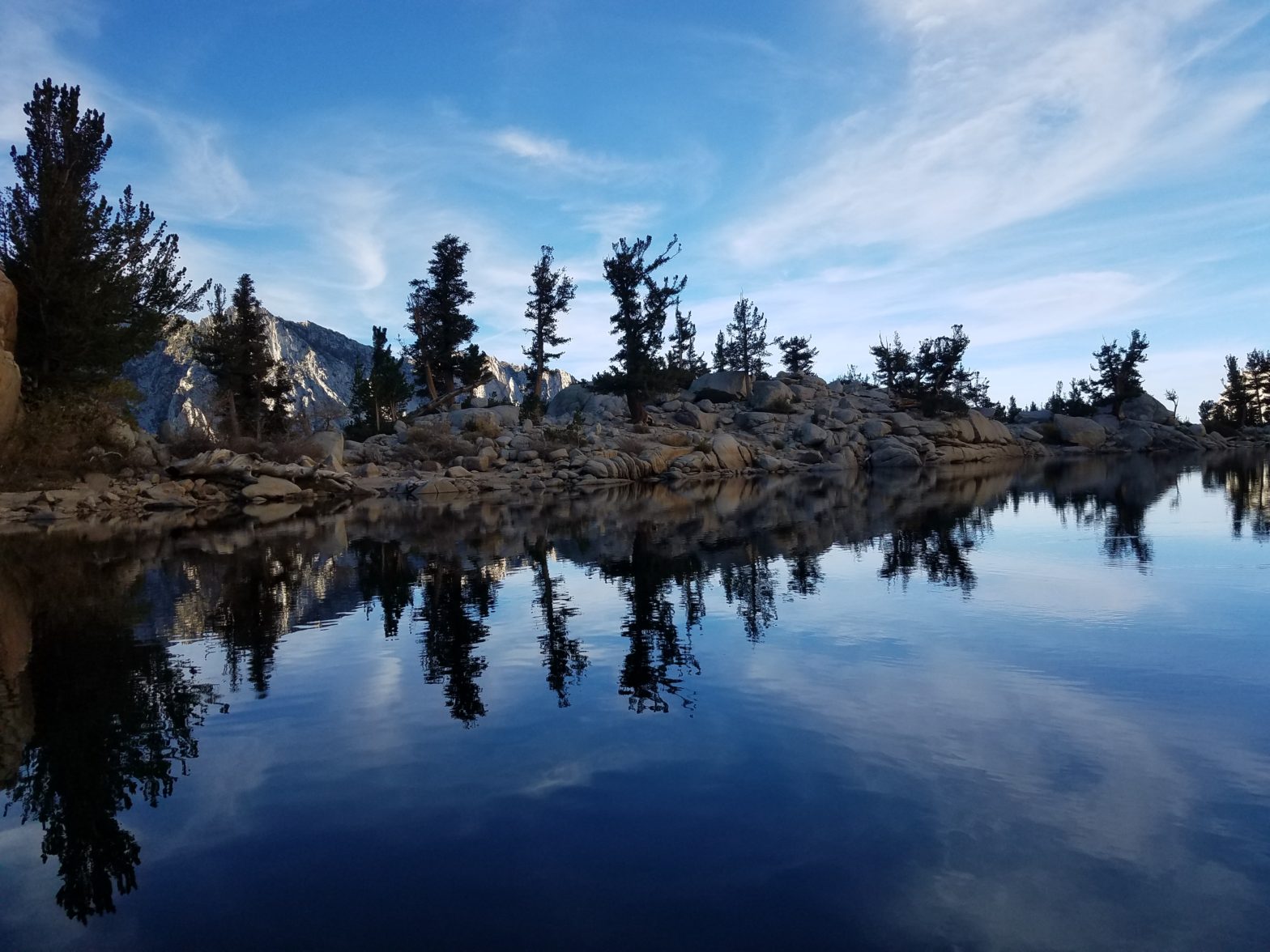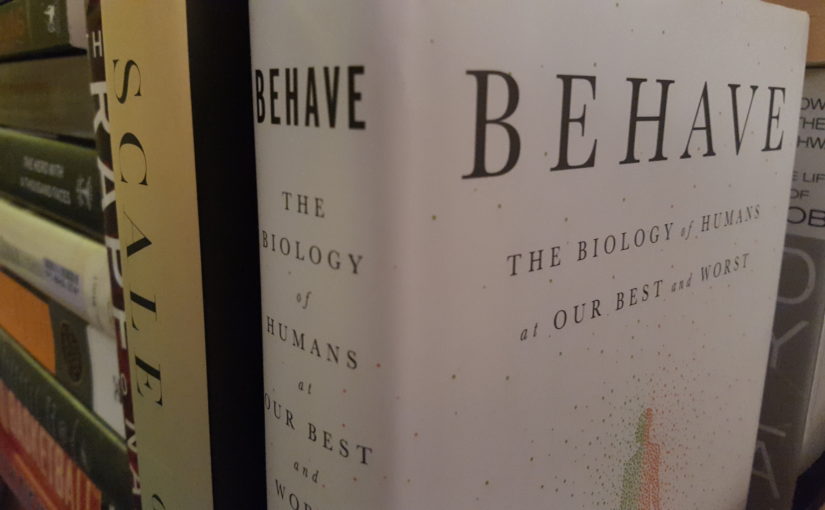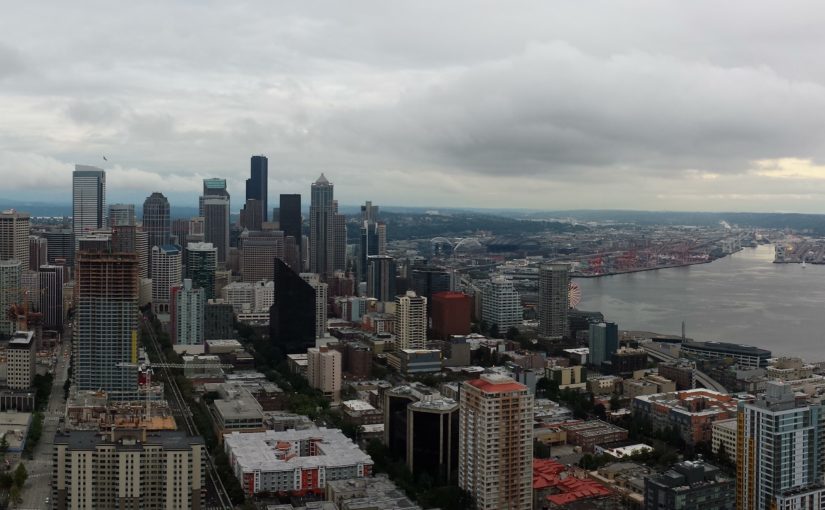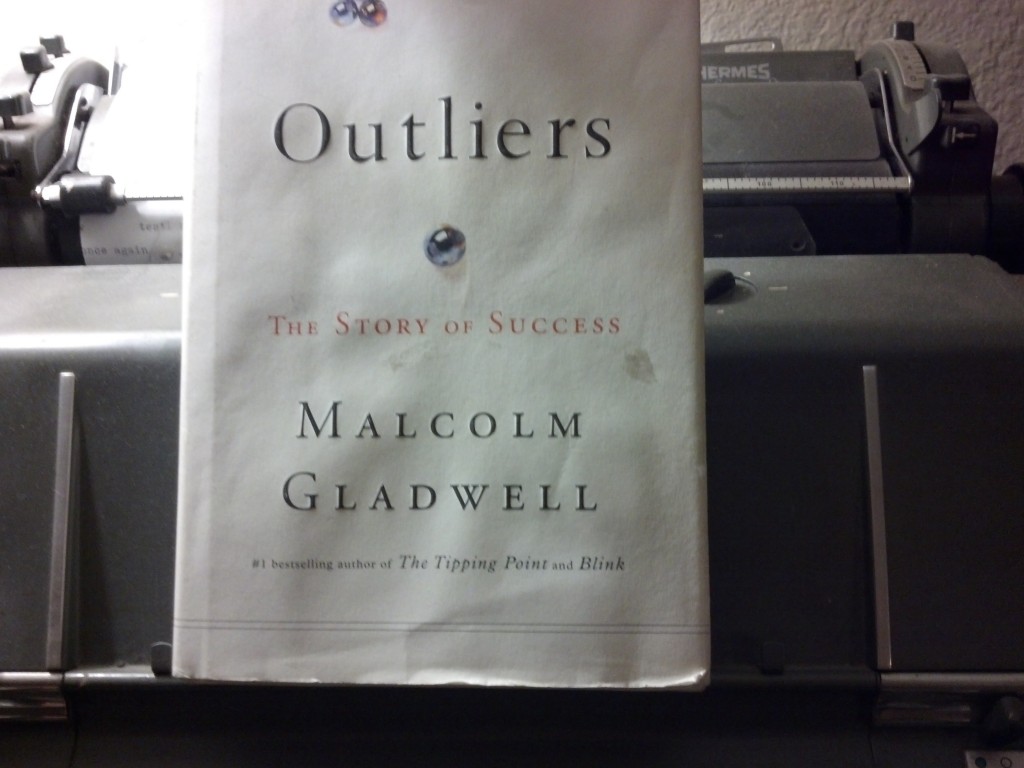My big to-do list this year features daily writing, math courses, metabolic efficiency, 19 books, an epic hike and kettlebells.
For background check my 2018 recap to see how I did last year, and the goals tag for annual bucket lists and accomplishments dating back to 2013.
Laying them out here keeps me organized, accountable and inspired. Thanks for following along, and I hope these lists spark ideas for your own adventures in 2019.
Now then, the goals:
Continue reading AF 2019 Goals


